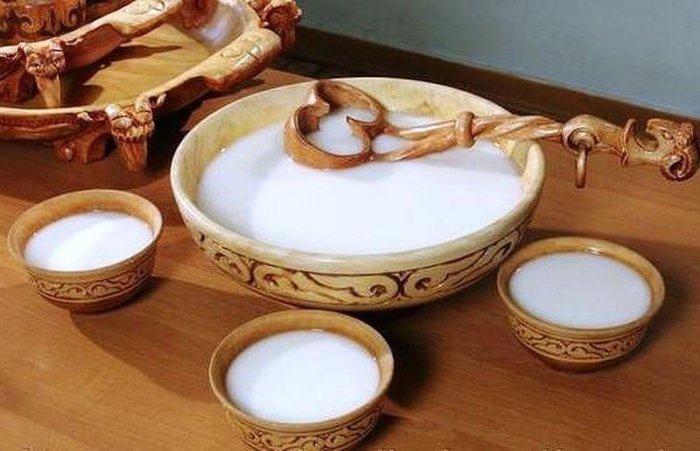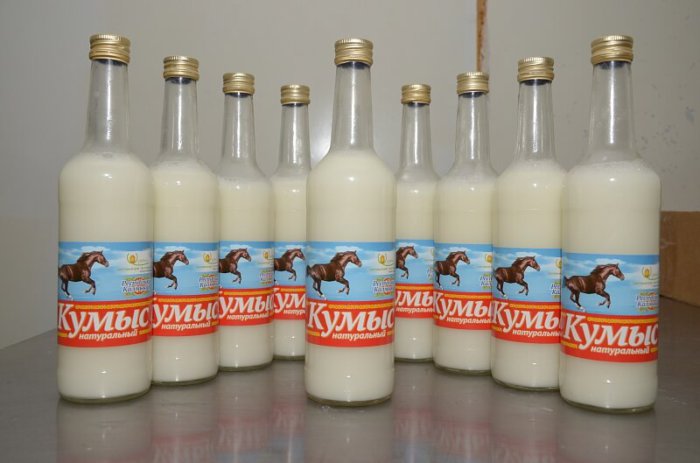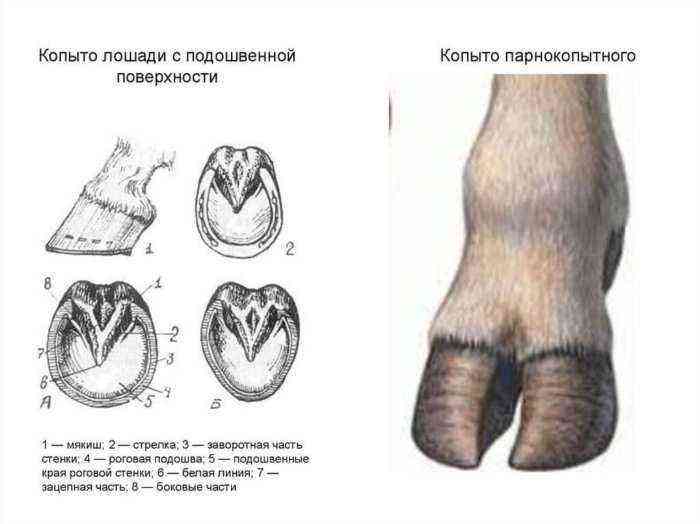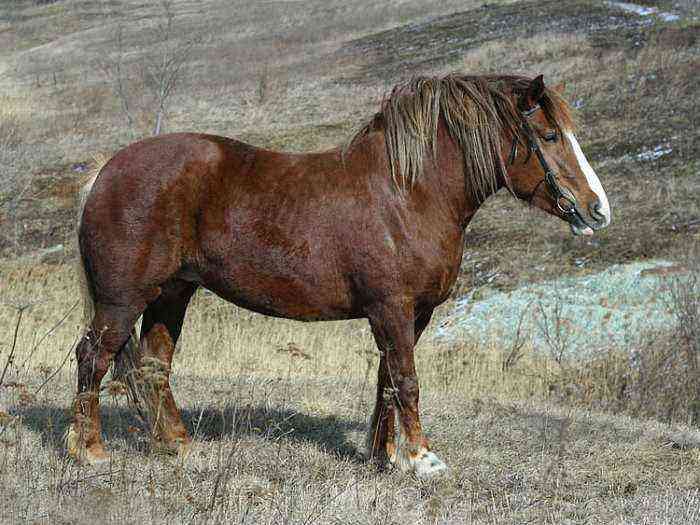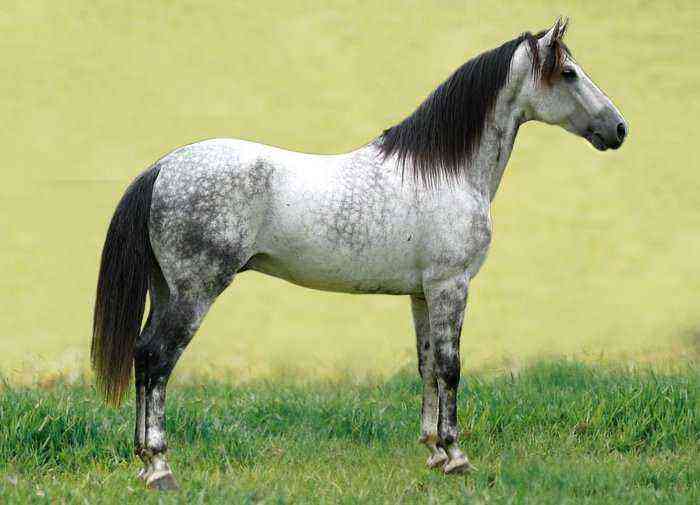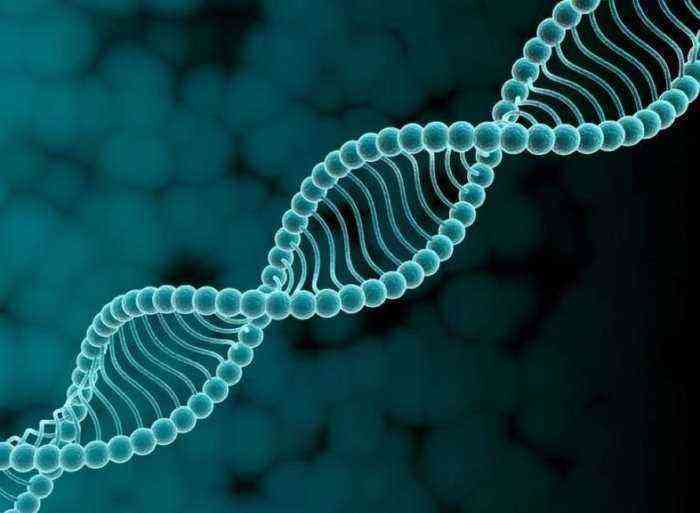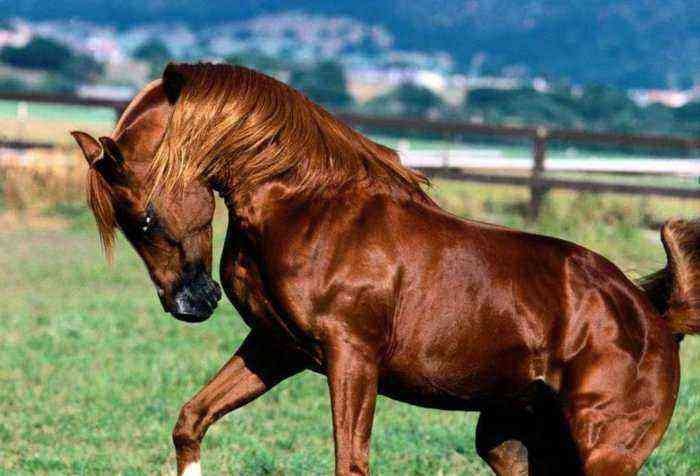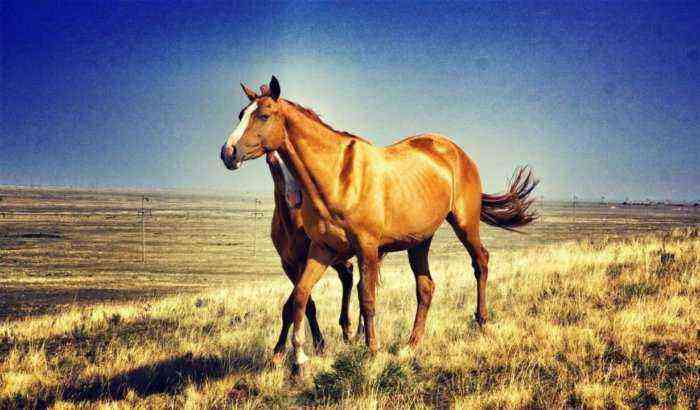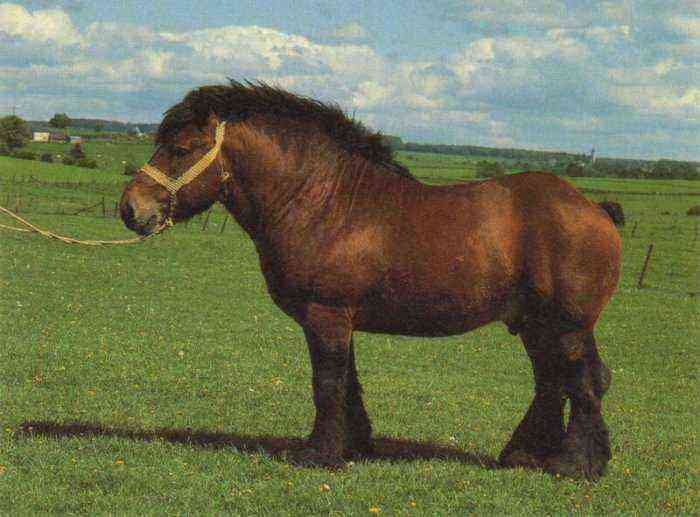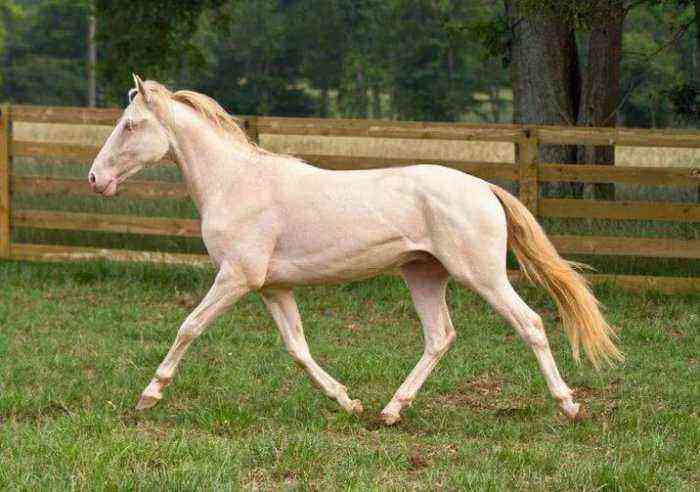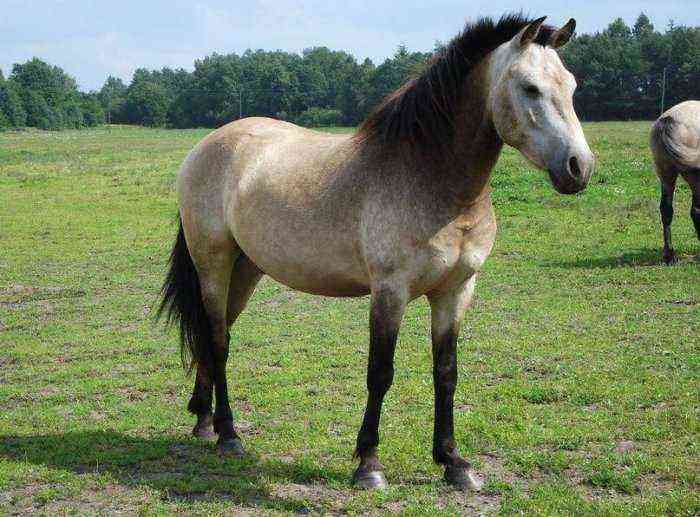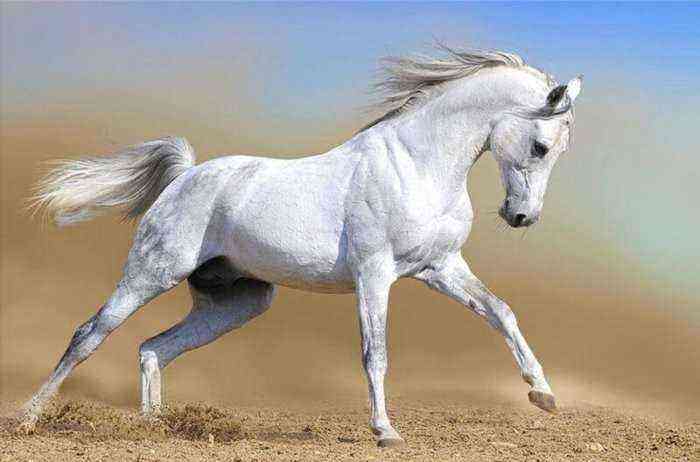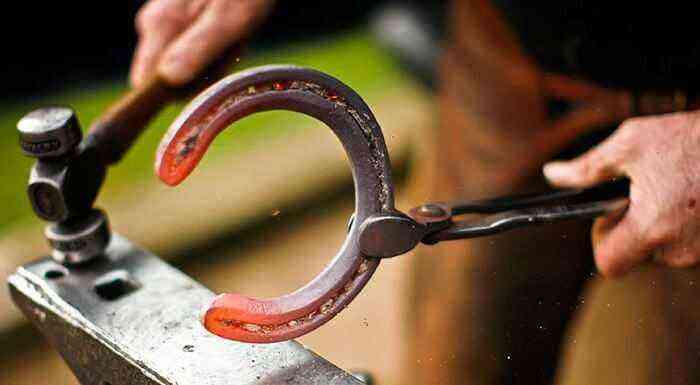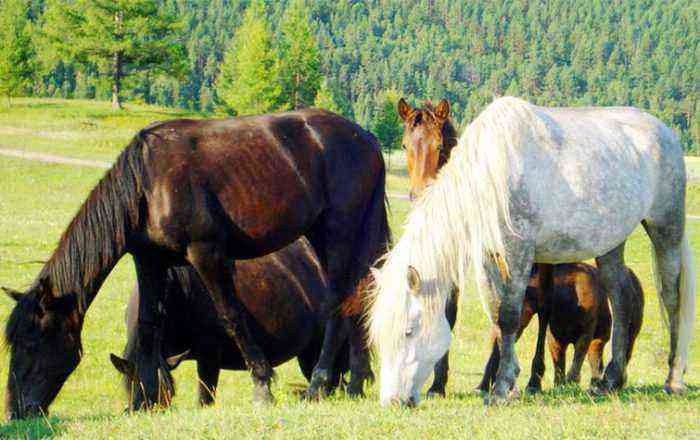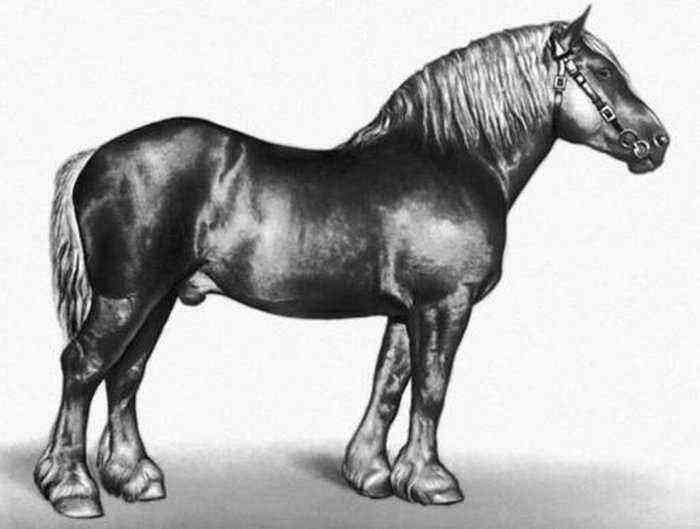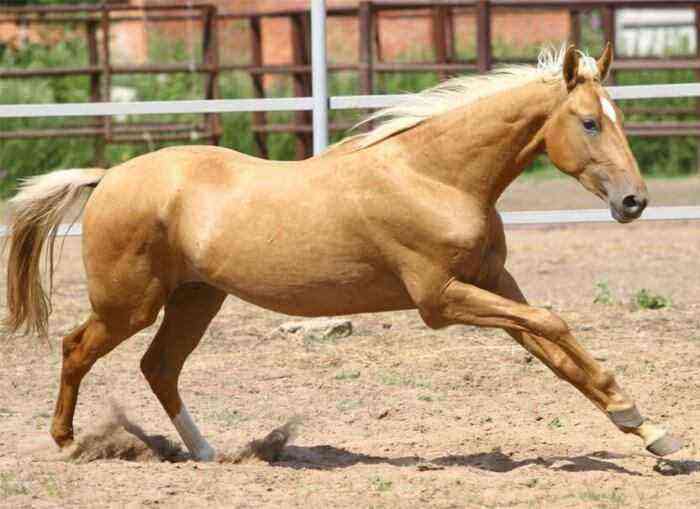Most people perceive horses exclusively as mounts. But this is far from the only direction in which such living creatures are used. At all times, some eastern peoples have had and still have horse milk, which they widely use for food. Today it is gaining more and more popularity in domestic open spaces. And the reason for this is the high nutritional value and rich vitamin and mineral composition of the product.
Milking a horse
Features of lactation in mares
Compared to cows, horses produce relatively little milk. For this reason, dairy horse breeding is developed only in those regions where it is an integral part of the traditions. In Russia, this direction of the economy is developing in Bashkortostan, Tatarstan, and the peoples of Yakutia are also engaged in it.
The low milk production of horses is a consequence of the special anatomical structure and physiology of the animal. A mare’s udder is different from a cow’s. It consists of four lobes, but there are only two nipples. The reason for this phenomenon is that the posterior and anterior lobes are connected to one of the nipples in pairs.
The process of milk formation in the udder of a mare is realized in four main stages:
- Together with the feed, all the necessary nutrients, vitamins and microelements enter the horse’s body.
- In the gastrointestinal tract, the resulting substances are absorbed by the body and transported through the blood vessels to the alveolar tissue of the udder.
- From all the elements received in the mammary gland, milk components are produced.
- The resulting fluid enters the ducts and is excreted through the nipple.
It is worth noting that another feature of the structure of the mare’s udder is the small volume of each of the lobes in which milk is formed. The mother carries the foal for 10-11 months. In this regard, the baby is born already developed and quickly learns to eat on its own. Therefore, only a small amount of milk is released in the udder, for feeding in the first few days. In the future, it plays the role of top dressing.
Another consequence of this feature is that the mare reaches the peak of milk production already at the end of 2–3 weeks after foaling. Then the daily volumes of milk decline. For comparison: in cows, milk yields are constantly growing for several months and only then they decline. This happens because the calf needs milk feeding for a longer period.
Other features of horse lactation include the following points:
- the lactation period lasts for 6-7 months and only in very rare cases it can take longer, up to 2 years;
- The animal gives the highest milk yield at the age of 5–6 to 15 years;
- per day during lactation, the foal sucks the udder from 80 to 100 times, gradually reducing the number of meals as it grows older.
The latter feature should contribute to more active development of the mammary gland, but since the baby consumes the minimum amount of milk at a time, this does not happen.
Natural feeding of a foal
It should also be noted that in the process of feeding foals in the vast majority of cases use only one mare’s nipple. Such a natural feature often causes the two unused udder lobes to atrophy by the end of lactation. To avoid this, the owners of the farms organize the distribution of horses before feeding, starting from the second week after birth.
General characteristics of horse milk
Mare’s milk has a rather specific taste, which is completely different from the taste of cow’s milk. Distinguishes such a liquid and color. Horse milk is not completely white, but suggests a slight bluish tint. In comparison with the cow, such a product has a number of other differences:
- its fat content is not higher than 2%;
- it has a more delicate and pleasant smell;
- the acidity of the product is 4–5 °T;
- In terms of protein composition, mare’s milk is 1,5 times inferior to cow’s.
The composition of the liquid is also unique.
Composition and nutritional value
Mare’s milk includes the following components:
- Squirrels. Their amount is 2-3% of the total mass of the product. What is characteristic, in comparison with cow’s milk, horse milk contains more easily digestible proteins.
- Lactose. This carbohydrate is contained in the liquid in the amount of 6,2%.
- Vitamins. Such a product is rich in B vitamins. It also contains folic acid, ascorbic acid, and retinol in large quantities. All of them have a beneficial effect on the body and take part in many internal processes.
- Fats. Their milk contains about 1,6-2%. They are a significant source of important amino acids, and also have bactericidal properties.
- Minerals. Their number of the total volume is approximately 0,5-0,7%. Most of these products contain calcium and phosphorus. Also, a certain percentage is occupied by iron, copper and magnesium.
The remaining 87–88% of the composition of mare’s milk is water. A certain percentage is also shared by various enzymes.
Useful properties of the product
The unique composition of mare’s milk provides it with a number of useful properties, for which it is highly valued not only in cooking, but also in the treatment and prevention of a number of diseases. For example, this product contains a moderate amount of casein, which quickly turns sour in cow’s milk and, if ingested, can cause indigestion.
What does koumiss look like
Instead of casein, this liquid contains another protein – albumin. This substance is easier and fully absorbed by the body, and is also not subject to coagulation. By the amount of albumin, the dietary product is close to human milk. In this regard, it is often used as the basis for substitutes for baby food.
Horse milk is also useful in a number of other cases:
- It contains a large amount of amino acids, which are necessary for the development of the child’s intelligence and are useful for the overall functioning of the body.
- Separate unsaturated acids that are part of the composition have a detrimental effect on the tubercle bacillus. Therefore, such a product is often used as a prophylactic and therapeutic agent for tuberculosis.
- Albumin, which is part of the composition, allows the use of milk for feeding children who have an individual intolerance to casein by the body. In addition, the child’s stomach absorbs such protein much better.
- Protein lysozyme has a bactericidal effect, improving bowel function and preventing the development of a number of bacterial diseases. It also has anti-cancer properties and stimulates the immune system.
- Immunoglobulins protect the genitourinary system and digestive tract from the development of infections.
- Enzymes help improve metabolism.
Separately, it is worth noting that dairy products of this type contain a large amount of vitamins and minerals. In combination, they improve the functioning of most body systems, contribute to the normal development of muscle and bone tissue.
Attention! The minimum fat content of the product allows it to be used even by those people who are prescribed a diet for medicinal purposes.
Application
A wide list of advantages of such a product gradually increases the demand for it among the population. In this regard, the number of products that are made from it in various fields has significantly increased. Moreover, the two main areas of use of horse milk are the food industry and cosmetology.
In the food industry
Horse milk has been widely used in food since ancient times. In ancient China, it was considered a sacred product and a wide range of miraculous properties were attributed to it. He was also highly valued among other peoples of the East. Today, such products are gaining popularity among supporters of healthy food in Europe.
In food, such a food product is introduced not only fresh. In Kazakhstan, Kyrgyzstan, Mongolia and a number of other regions, the traditional drink koumiss is prepared on its basis. It assumes a different strength, is used in nutrition, and also as a prophylactic against many diseases. Such a drink calms the nervous system, improves the functioning of the cardiovascular system, and is also used to prevent tuberculosis.
Many yogurt manufacturers choose this dairy product as the basis for their products. This approach allows you to significantly improve the taste of yogurt and endows it with properties close to koumiss.
Mare’s milk
Due to the rapid absorption of horse milk, as well as the balance of vitamins and minerals, it is often used for the production of baby food and breast milk substitutes. They provide the child with all the necessary substances and energy for growth and development.
In cosmetology
Such a liquid is also included in the compositions of various cosmetics. The reason for this is the following useful properties of the product:
- it effectively cleanses the pores of the skin, and also removes the keratinized layers of the epithelium, which leads to an overall improvement in the tone of the skin;
- soothes skin that has become irritated;
- softens and moisturizes the skin of the hands;
- helps in the treatment of certain skin diseases, in particular allergic rashes, eczema, developing inflammatory processes, neurodermatitis;
- whitens the skin on the face and body;
- contributes to the gradual removal of age spots.
Reference. To implement these properties of milk, it is used as the basis for some shampoos, shower gels, and various creams.
Conclusion
The beneficial properties of horse milk were noticed by people several thousand years ago. Such a product saturates the body with vitamins and minerals, improves the functioning of organs and systems, and acts as an effective prevention of the development of various diseases. But, despite this, it is still quite rare. The reason for this is the low milk productivity of mares and the difficulty in milking, which significantly hamper this area of farming.

